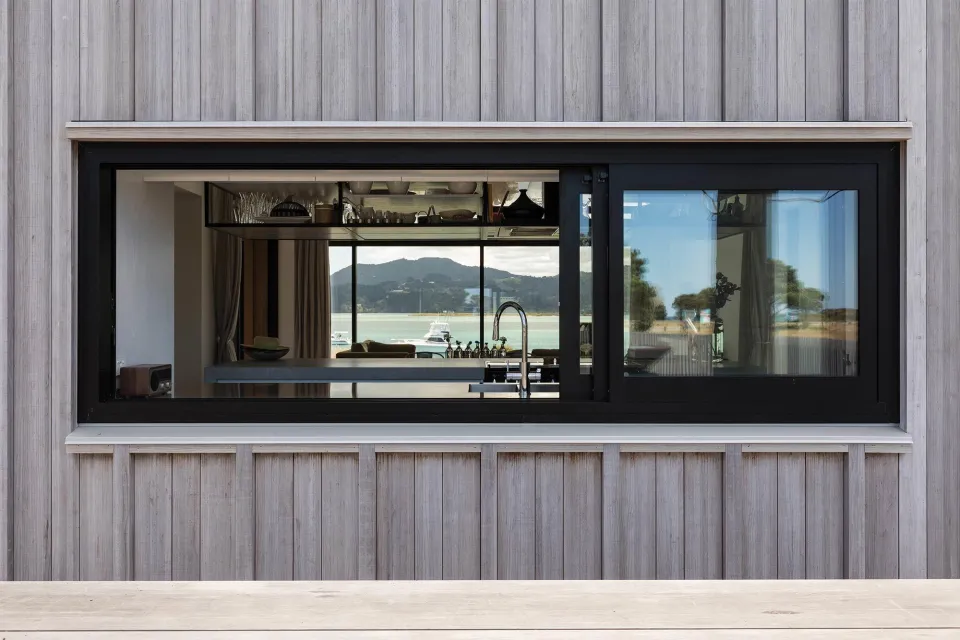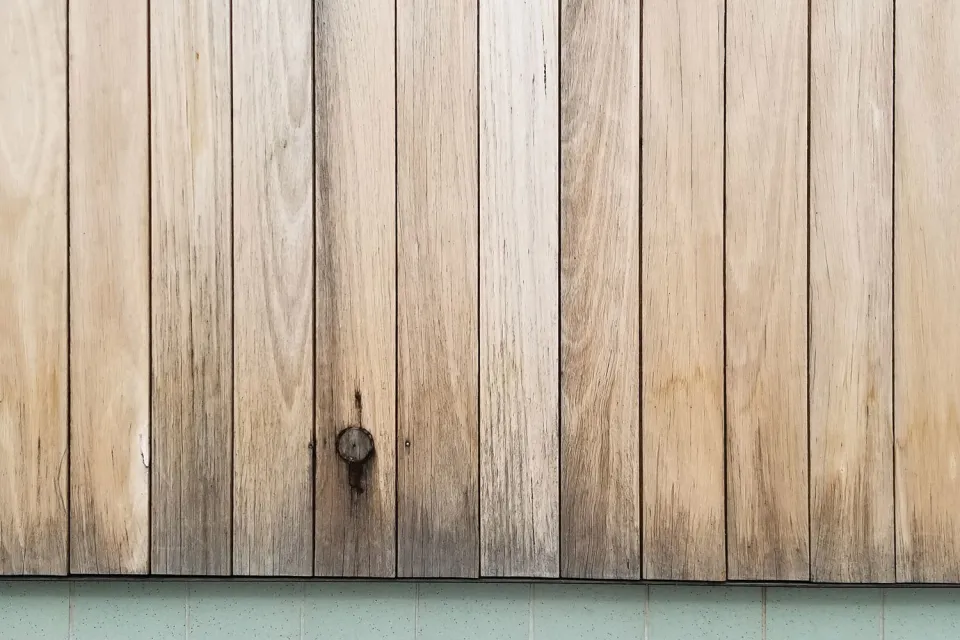-
About
-
Products
- By Timber Product
- Cladding
- Decking
- Screening
- Panelling
- View all
- By Application
- Exterior Cladding / Siding
- Exterior Rain Screen
- Interior Walls & Ceilings
- Soffits
- Screening, Fins & Battens
- Windows, Doors & Joinery
- Posts & Beams
- Accessories
- Coatings
- Fixings
- Samples
-
Resources
- Projects
- Contact
HOLIDAY HOURS / All sample orders or enquiries made between 19 Dec to 4 Jan will be actioned from 5 Jan. Learn more here.
The Importance of End Sealing Decking and Cladding in Exterior Applications
Too often the first place of failure in timber cladding or decking applications is the exposed end grain.
Fungal decay requires moisture to develop, and the end grain of wood absorbs moisture at up to 100 times the rate of absorption of the face of wood.
This means that on average, the end grain retains more moisture than other parts of the wood, and is more likely to decay first. This issue affects both treated timbers, and naturally durable species such as Spotted Gum, Blackbutt, and Ironbark (all durability class 1 species).
It is critical therefore, that the cut ends of wood are sealed prior to application with an end sealant.
Any cutting of timber, whether from sawing, shaping or planning has the potential to expose the end grain and allow the uptake of moisture. End sealants are available as a wax based water repellent, designed to block moisture ingress, or as a chemical preservative, intended to protect the wood from fungal development.
At Abodo we supply a complete system of FSC® Vulcan Cladding, Protector, and Protector - End Seal. We offer two types of coating systems; Protector, and Sioo:x, each have their own End Sealer.
Further Reading:
- Abodo Protector End Seal (used in conjunction with Abodo Protector)
- Sioo:x End Grain Sealer
- Sioo:x Wood Protection Manual - PDF (contains complete information on the Sioo:x Coating System, and the Sioo:x End Sealer System)



